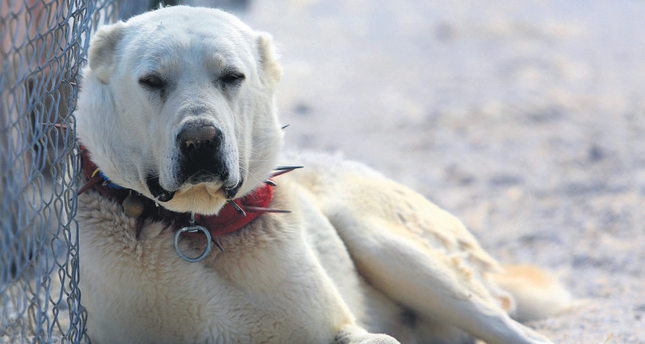
The Akbash Dog is probably not for you. We’ll explain shortly.
This breed calls western Turkey its “home.” There, the dogs were called “Akkush” by the Turks, or “white bird,” probably because for its size, this is one wicked sleek, fast footed breed. The Akbash was used to protect flocks from wild dogs, jackals, wolves, and bears, and while survival of the fittest is hard for our modern sensibilities to hear, the minimal care given it by shepherds ensured that today’s Akbash retains the stamina, braveness, speed, and extraordinary eyesight of its forefathers.
A change in agricultural practices, and in particularly, a decrease in sheep production saw Akbash numbers decline. To save their breed, residents joined forces with local local government help to establish a breeding facility in the town of Sivrihisar, the heart of Akbash Dog country. In the US, the Akbash is regarded as a rare breed recognized only by the United Kennel Club, but there remain many owners and breeders who prefer that the breed not cast a “bigger net.” Their fear is that the Akbash might lose its working abilities. As we see it, dedicated owners and breeders are, and should be, the first line of defense against that happening.
It’s a truism that every dog, whatever it’s breed, needs a job, even if that job is to guard laundry or be a lap warmer. When a dog isn’t worked to its potential, she becomes bored, and he gets restless. The result can be a naughty, if not destructive dog. The Akbash, bred for longer than most of us can imagine, is task oriented, independent of mind, and courageous. This is not the breed any of us choose if we want a dog that fetches, or learn and obeys commands by rote. Neither is this a dog that will accept any stranger that comes along. This is a large, highly protective breed that needs to bond with someone they respect, and this calls for a strong, experienced handler. This is a fabulous breed. For the right owner. Do your homework.
Image from Daily Sabah Life in an article well worth your time. As a note, the collar seen on this dog is a traditional method of protecting a dog’s neck from a predator.
